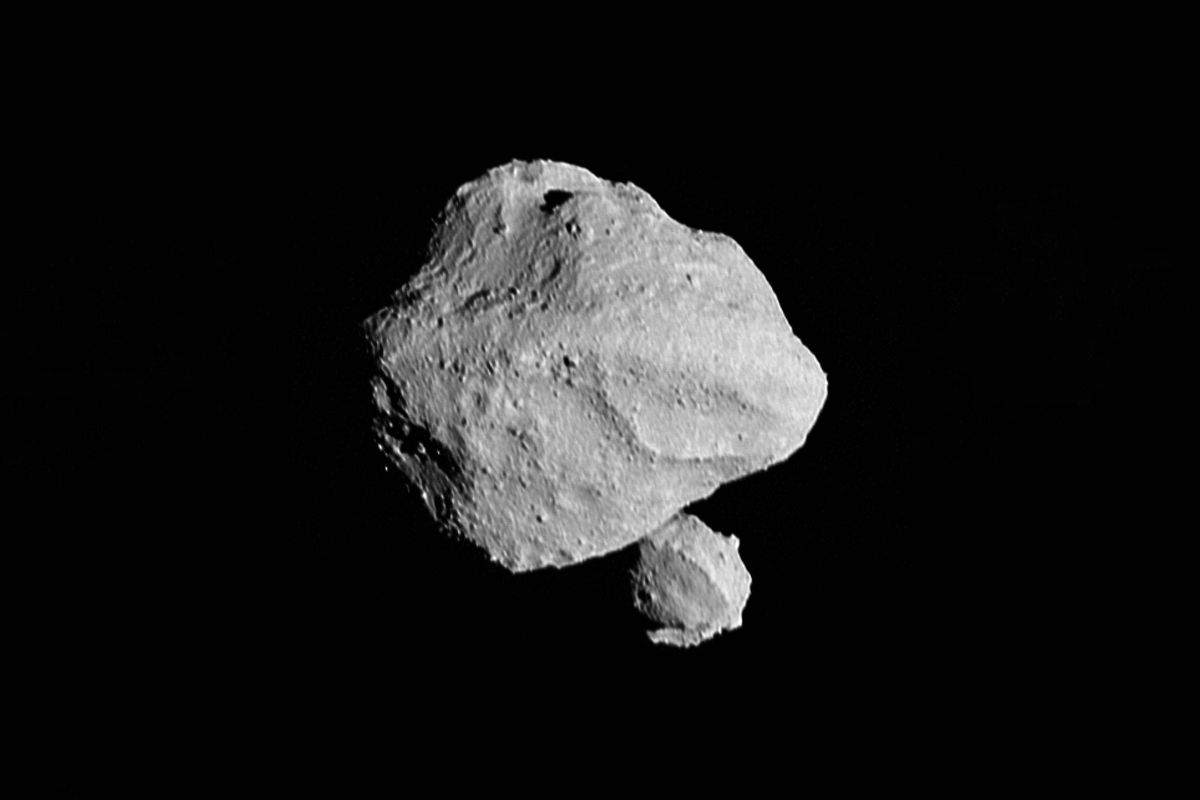NASA asteroid mission unveils a surprise moon orbiting Dinkinesh

The word “Dinkinesh” is Amharic for “marvelous,” and the small main belt asteroid Dinkinesh has lived up to its Ethiopian moniker: When the NASA spacecraft Lucy flew by what it had anticipated would be only one asteroid, it found two asteroids for the price of one.
“Dinkinesh really did live up to its name; this is marvelous,” Hal Levison, principal investigator for Lucy from the Boulder, Colorado, branch of the San-Antonio-based Southwest Research Institute, said in a statement. “When Lucy was originally selected for flight, we planned to fly by seven asteroids. With the addition of Dinkinesh, two Trojan moons, and now this satellite, we’ve turned it up to 11.”
It is believed that the larger asteroid in the Dinkinesh pair is roughly a half-mile or 805 meters wide. The smaller asteroid in the Dinkinesh pair is believed to be only 0.15 miles or 220 meters across. A spokesperson for Lockheed Martin, which partnered with NASA for the Lucy expedition, gushed over the scientific significance of the discovery.
“This is an awesome series of images. They indicate that the terminal tracking system worked as intended, even when the universe presented us with a more difficult target than we expected,” Tom Kennedy, guidance and navigation engineer at Lockheed Martin, explained in a statement. Kennedy referred to a “terminal tracking system” because it makes it possible for spacecraft to locate objects and keep them in view despite flying by at high speeds. Overall the Lucy mission was intended to test a wide range of equipment. Asteroids interest astronomers for a variety for reasons, not least of which is they can teach us much about how our solar system and its planets formed. Last month, OSIRIS-REx — a spacecraft that recently visited Bennu, an asteroid which might collide with Earth in the year 2182 —

